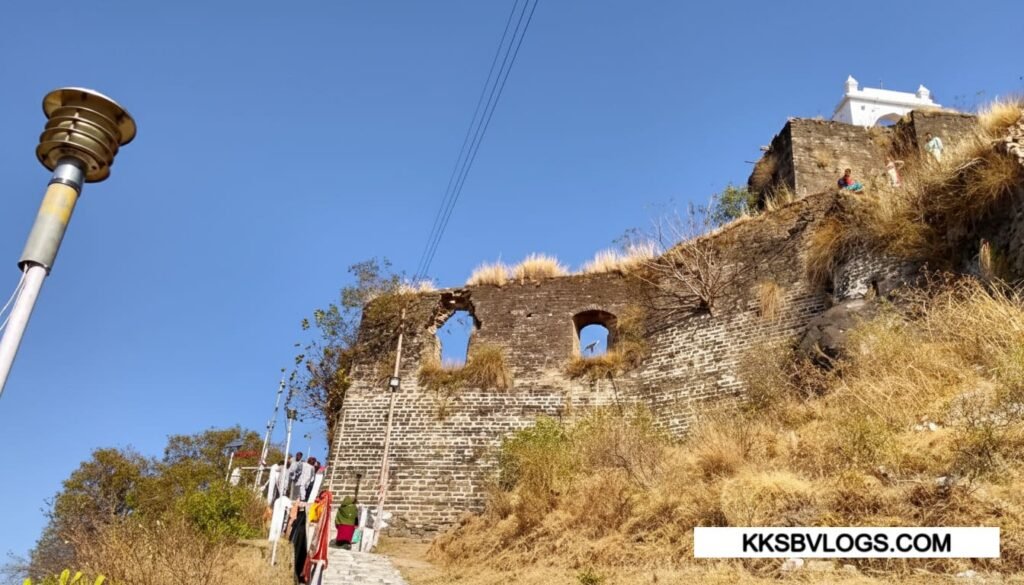1. Introduction – The Forgotten Battlefield of Himachal
Near the Ramshahar region of Solan district, on a high hill, stands Malaun Fort — a place where history, war, and faith coexist vividly.
This is the same fort where the final and most decisive battle of the Anglo–Gorkha War (1814–1816) was fought — and where Nepal’s great commander Amar Singh Thapa risked his entire life and kingdom.
Today, Malaun Fort appears calm and peaceful, but two centuries ago it echoed with clashing swords, cannon fire, and soldiers’ war cries.
It was from here that the final chapter of the Gorkha Empire was written — and this fort left an immortal mark in the history of Himachal Pradesh.
Even now, the fort stands silently among the hills — its walls may be broken, but their ruins still whisper a story:
“This is where Amar Singh Thapa fought his last battle — and made his final prayer to Maa Kali.”
2. History and Facts – Amar Singh Thapa and the Battle of Malaun
1. The Arrival of Amar Singh Thapa from Nepal
In the late 18th century, Amar Singh Thapa, the commander of the Nepalese emperor, entered the Indian Himalayan regions with his brave Gorkha soldiers.
His objective was to expand Nepal’s influence and establish control over the Himalayan region.
First, they captured Kumaon and Garhwal, and later reached Himachal.
The Gorkha army established rule over regions like Sirmour, Nalagarh, Bilaspur, and Solan.
During this expansion, Malaun became their strongest fort — a strategic base from where Amar Singh Thapa commanded his entire army.
2. The Legend of Maa Kali and Amar Singh Thapa’s Faith
In front of Malaun Fort, stands an ancient temple of Maa Kali.
Locals say that Amar Singh Thapa was a devout follower of Maa Kali.
Before every battle, he would first visit the temple and pray for victory.
It is said that he established the idol of Maa Kali after a divine dream.
That same idol still stands there today — a silent witness to both war and sacrifice.
3. The Anglo-Gorkha War and the End of Gorkha Rule
Around 1809, when the Gorkha army tried to annex villages under the British East India Company near Punjab, conflict began.
Initially, the Gorkha soldiers were known for their unmatched courage and managed to capture several English camps.
But as the war dragged on, the British had superior weapons, supplies, and reinforcements.
Though the Gorkhas were fearless, lack of ammunition and hunger weakened them.
In 1815, under the leadership of Sir David Ochterlony, the British army surrounded Malaun Fort.
The battle lasted for nearly a month, and in the end, the Gorkhas had to surrender.
This battle led to the Treaty of Sugauli, which defined the borders between Nepal and British India.
4. The Legacy that Lives On
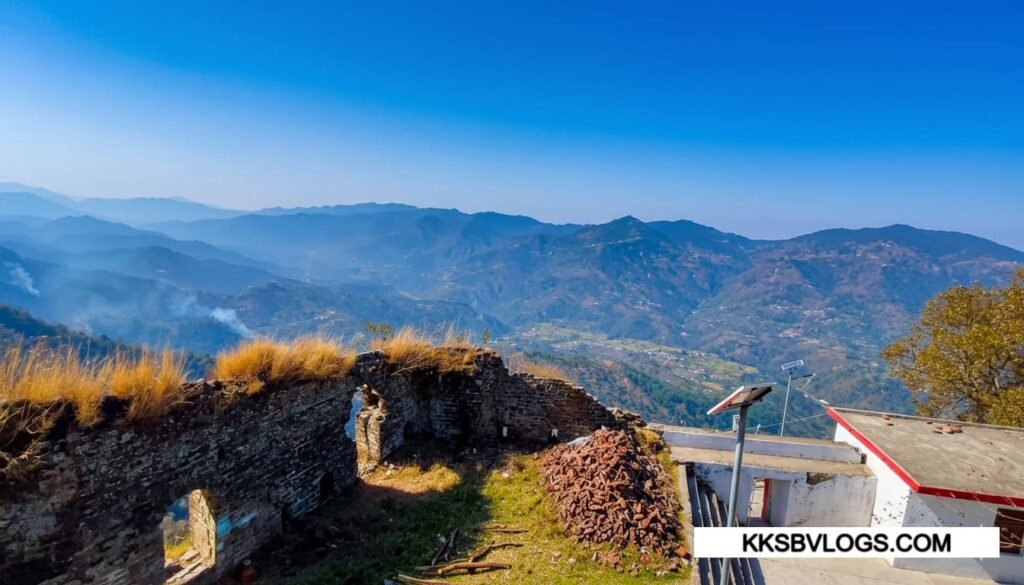
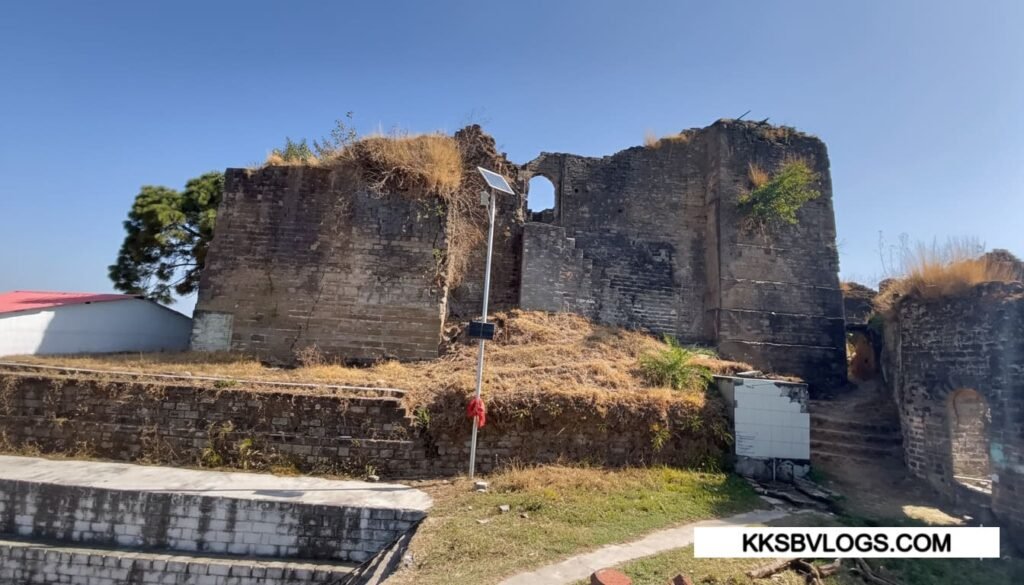
After the Battle of Malaun, the British were deeply impressed by the bravery of the Gorkha soldiers, and they inducted them into their army.
Even today, the 1st Gorkha Rifles (The Malaun Regiment) is named after this very place.
Their training center is located in Subathu (Solan), and every year, Gorkha soldiers visit Maa Kali Temple at Malaun to honor Amar Singh Thapa’s sacrifice.
It is said that during the war, many cannons were placed inside the fort.
After the war, the British took some of them and later preserved them at the Subathu Cantonment Museum — where they can still be seen today.
These cannons stand as true witnesses to the Battle of Malaun and symbols of Gorkha valor.
3. Architecture & Spiritual Significance
The architecture of Malaun Fort is a classic example of Himachali hill forts.
Built on a high mountain, it provides a panoramic view of the surrounding plains and valleys.
Its construction followed Gorkha military design — with strong boundary walls, watch points, and an open courtyard.
Traces of stone masonry and lime plaster can still be found within its inner sections.
At the upper part of the fort stands the Temple of Maa Kali, established by Amar Singh Thapa.
This temple remains a spiritual center for locals and Gorkha regiment soldiers.
The combination of mountain air, serenity, and ancient architecture gives the place a mystical aura.
When you stand there, you can almost feel the energy — as if the souls of the brave Gorkha warriors still watch over the fort.
4. Things to Do at Malaun Fort
1. Explore the Ruins:
The walls and broken gates still carry the marks of old battles — perfect for history enthusiasts and photographers.
2. Visit Maa Kali Temple:
The temple in front of the fort is the spiritual heart of Malaun. Praying here brings a peaceful and divine experience.
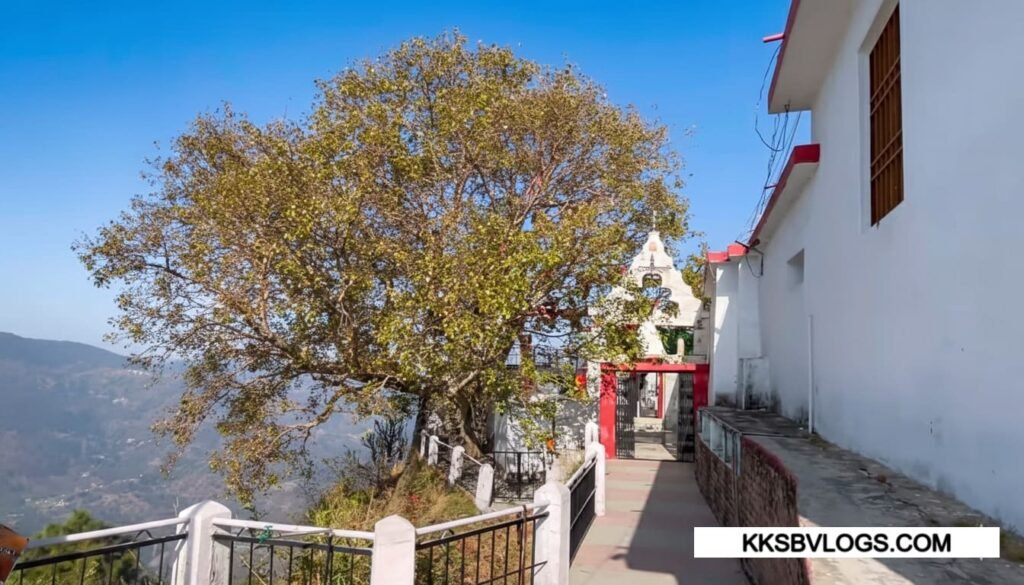
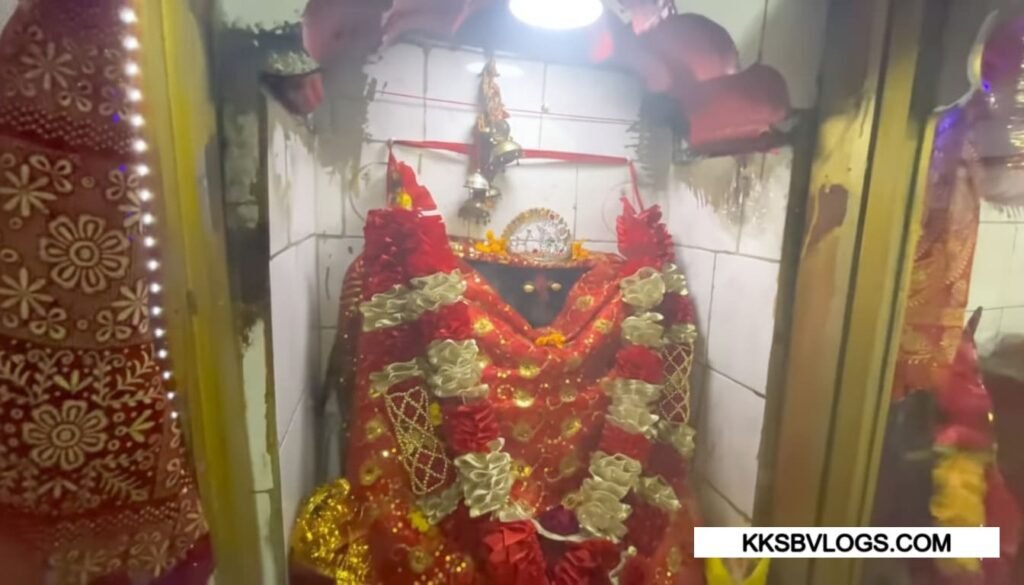
3. Panoramic View:
From the hilltop, enjoy breathtaking views of Solan, Ramshahar, and Bilaspur. The sunset bathes the fort in a golden glow.
4. Walk Through History:
Walking inside the fort feels like time travel — every stone and wall takes you back to 1815.
5. Meditate & Reflect:
The calm and silence of Malaun offer the perfect space for meditation and introspection.
5. Festivals & Celebrations
While there are no large fairs held at Malaun Fort, during Navratri, devotees light lamps at the Maa Kali Temple.
On this day, soldiers from Subathu Gorkha Regiment also visit for darshan.
For them, it’s a regimental pilgrimage.
Sometimes, a Shaheedi Diwas (Martyr’s Day) is observed in Amar Singh Thapa’s memory — a symbolic ritual marking the day the Gorkha soldiers laid down their swords.
6. How to Reach Malaun Fort
📍 Location: Ramshahar Tehsil, Solan District, Himachal Pradesh
By Road:
- From Solan – 25 km (approx. 1 hour drive)
- From Nalagarh – 22 km
- From Shimla – 65 km
- From Chandigarh – 95 km
Nearest Highway: NH-205 (Solan–Nalagarh Route)
From Ramshahar road, a side route leads up to Malaun hill.
The last 2 km are narrow and steep — cars can go up to a point, and the rest must be walked uphill.
By Train:
Nearest railway station – Solan (25 km)
By Bus:
Regular HRTC buses run till Ramshahar, from where local taxis are easily available.
7. Best Time to Visit Malaun Fort
March to June: Best weather, clear skies, easy hiking routes.
September to November: Green valleys and cool breeze offer a peaceful experience.
Monsoon (July–August): Best avoided — roads become slippery.
Winter (Dec–Feb): Cold but scenic, perfect for solitude seekers.
Tip: Early morning or evening visits are recommended; midday can be warm.
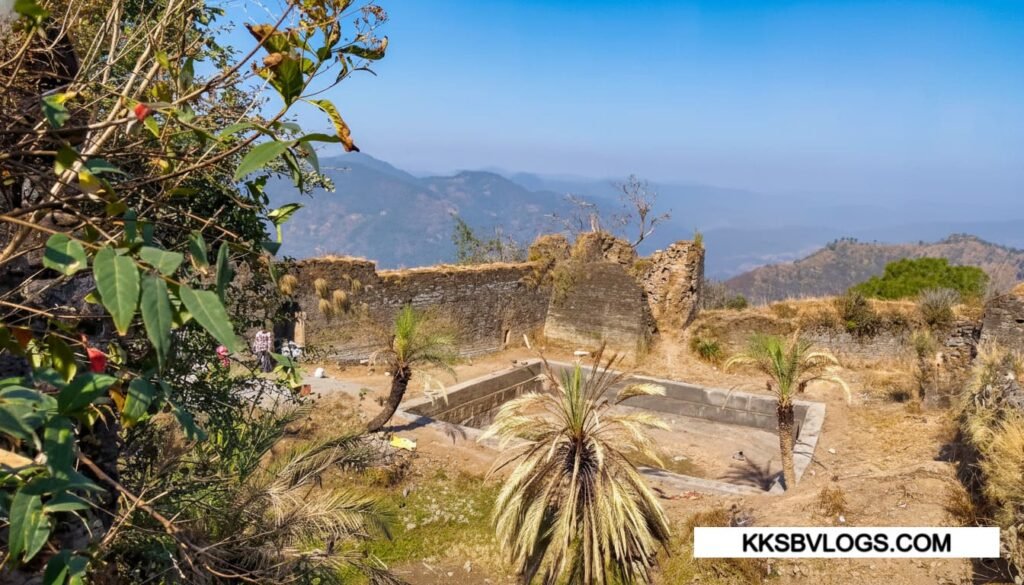
8. Visitor Information (Rules, Tips & Entry Details)
- Entry Fee: Free (no ticket system)
- Timings: 6 AM – 6 PM (daytime visit only)
- Permission: Not required, but respect local sentiments
- Carry: Water & snacks (no stalls nearby)
- Keep Clean: Avoid plastic or littering
- Temple Rule: Photography inside Maa Kali Temple is prohibited
- Avoid: Loud music or drone flying
- Wear: Comfortable shoes and a light jacket
⚠️ Important: The fort is not under government protection, so visitors must take care of safety and cleanliness themselves.
9. Our Experience at Malaun Fort (Travel Story & Real Feel)
Visiting Malaun Fort felt like a historic adventure — one of those untouched Himachal spots where you find stories, not crowds.
The trek from Ramshahar fills the air with mountain breeze and forest fragrance.
At the top, the first view captures the entire Solan Valley and Shivalik range — a paradise for photographers and nature lovers.
Inside the fort, it feels as if time has stopped. Broken walls, old gateways, and the flickering lamp before Maa Kali’s idol wrap you in a spiritual silence.
This is where Amar Singh Thapa fought his final battle, and you can still sense his valor in the air.
We explored every corner — the stones still whisper history.
At sunset, when the sun hides behind the hills, the fort glows golden — turning the experience into an emotion, not just a journey.
Malaun Fort is a must-visit for every history lover, trekker, and heritage explorer.
10. Nearby Attractions (Places to Visit Around Malaun Fort)
1. Ramshahar Fort (≈ 40 km) –
Another ancient hill fort known for its 360° views of the Shivalik range.
A short, scenic trek makes it a perfect combo with Malaun Fort for history, trekking, and photography lovers.
2. Subathu Cantonment (≈ 65 km) –
Home of the 14 Gorkha Training Centre, with a museum displaying original Anglo-Gorkha War cannons from Malaun and other regimental artifacts.
A must-visit for anyone who wants to see real pieces of the 1815 battlefield preserved in history.
3. Kasauli (≈ 65 km) –
A serene colonial-era hill station known for its Sunset Point, Gilbert Trail, and Christ Church — ideal for relaxing after exploring the rugged forts.
Perfect for travelers who enjoy nature walks, calm weather, and heritage architecture.
4. NB Waterfall (≈ 15 km) –
A hidden natural gem near Ramshahar, surrounded by pine forests and rocky cliffs. The short forest trek leads to a refreshing waterfall and natural pool — perfect for nature lovers and photographers seeking peace and solitude.
Badi Dhar Temple (≈ 50 km, Arki region) –
A sacred hilltop shrine dedicated to Lord Shiva, believed to have ancient links to the Pandavas during their exile. Located above Arki town, this spot offers 360° mountain views, cool winds, and a deeply spiritual atmosphere — a perfect blend of mythology and serenity.
📍 Malaun Fort Location, Photos & Videos
Location:
Malaun Fort – Ramshahar Tehsil, District Solan, Himachal Pradesh
Situated on a hilltop near Ramshahar town, about 25 km from Solan and 20 km from Nalagarh, overlooking the lower Shivalik ranges.
Surrounded by dense pine forests and open valley views.
Google Maps:
Search “Malaun Fort – KKSB Vlogs” on Google Maps for the exact route.
Offline map download recommended (network may be weak in mountain areas).
Watch:
Exclusive fort exploration videos, drone shots, and travel footage on YouTube – KKSB Vlogs.
See Maa Kali Temple, broken walls, and cinematic sunset views from the ridge.
Follow:
For more offbeat Himachal forts, historical stories, and travel moments, follow on Instagram – @official_kksb.
Get updates on heritage documentaries, trekking routes, and hidden history episodes.
Malaun Fort Photos
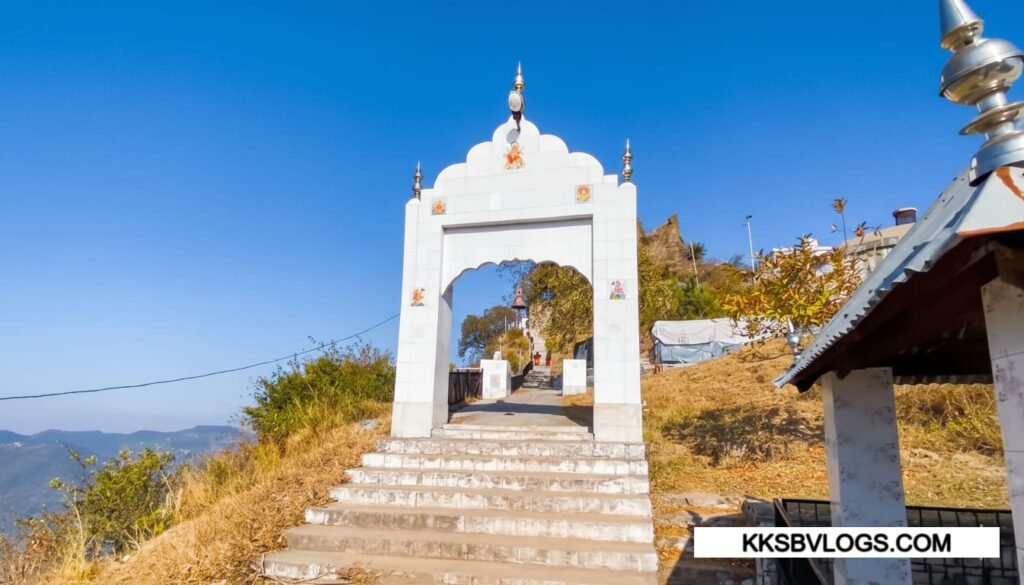
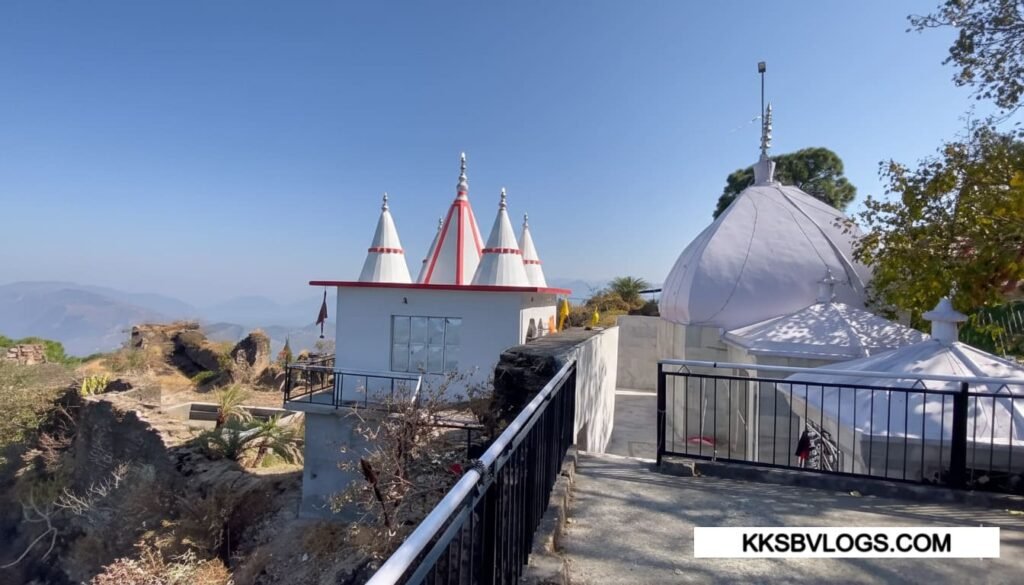
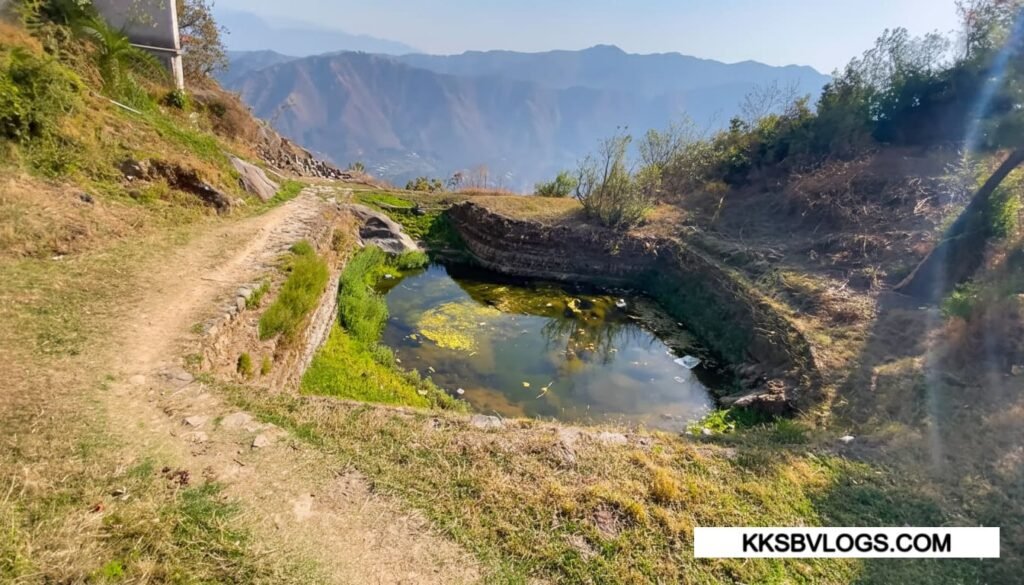
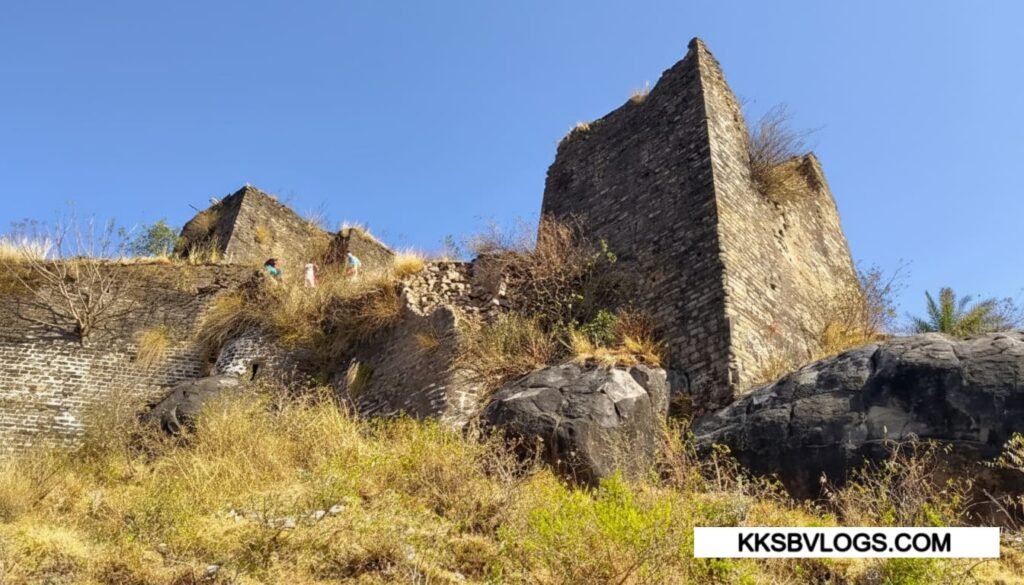
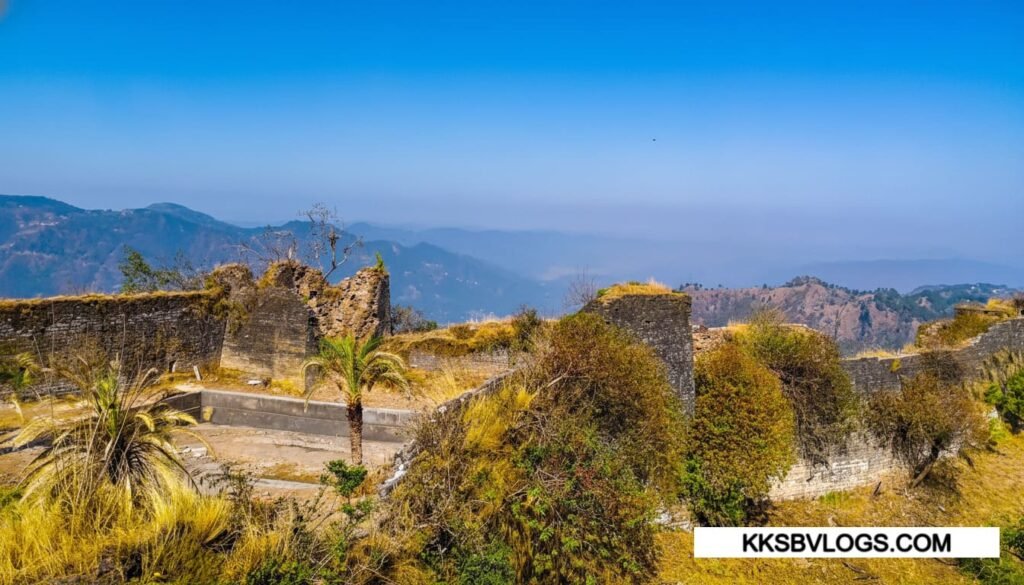

Malaun Fort Location
FAQs about Malaun Fort (Himachal Pradesh Travel Guide)
Where is Malaun Fort located and how can it be reached?
Located in Ramshahar Tehsil, Solan District, Himachal Pradesh, about 25 km from Solan and 20 km from Nalagarh. Accessible via a narrow mountain road from Ramshahar. Search “Malaun Fort Himachal Pradesh” on Google Maps.
What is the historical importance of Malaun Fort?
It was the last battlefield of the Anglo-Gorkha War (1815) where Amar Singh Thapa fought the British. The Treaty of Sugauli was signed after this battle.
Is there a Maa Kali Temple at Malaun?
Yes. An ancient Maa Kali Temple stands before the fort, established by Amar Singh Thapa, who was a devoted follower of the goddess.
Are the old cannons still at Malaun Fort?
The original war cannons have been preserved at the Subathu Cantonment Museum, where visitors can see real artifacts from the Gorkha era.
Is visiting Malaun Fort safe?
Yes, it’s safe but the route can be steep and slippery. Wear comfortable shoes and avoid the rainy season. Going with friends or a local guide is recommended.
Do Gorkha Regiment soldiers still visit the fort?
Absolutely. Every year, soldiers from the Subathu Gorkha Training Centre visit for Maa Kali darshan — it’s a regimental heritage site.
What are the nearby places to visit with Malaun Fort?
Ramshahar Fort, Subathu Museum, Nalagarh Fort, NB Waterfall, and Kasauli Hill Station — all can be covered in a single day trip.

